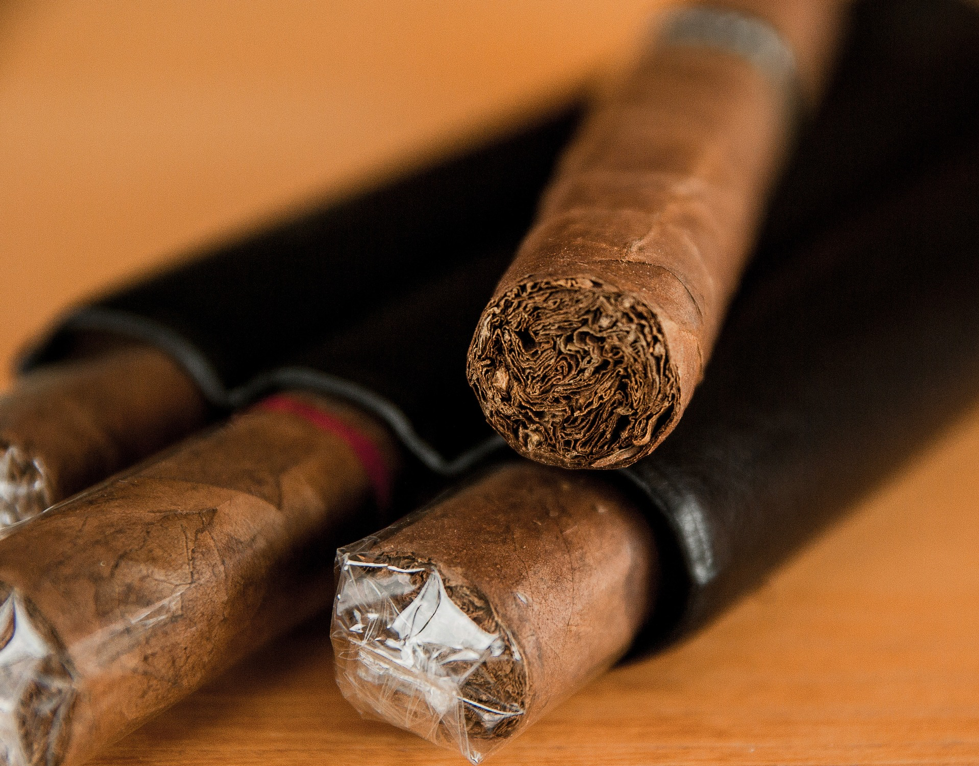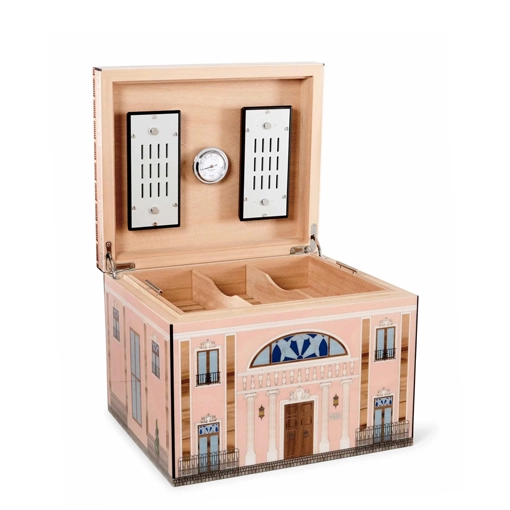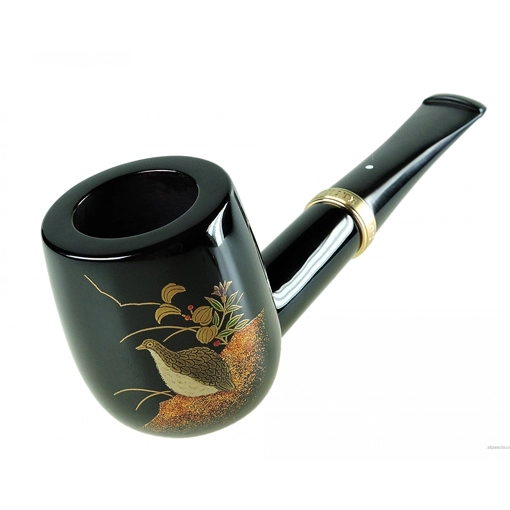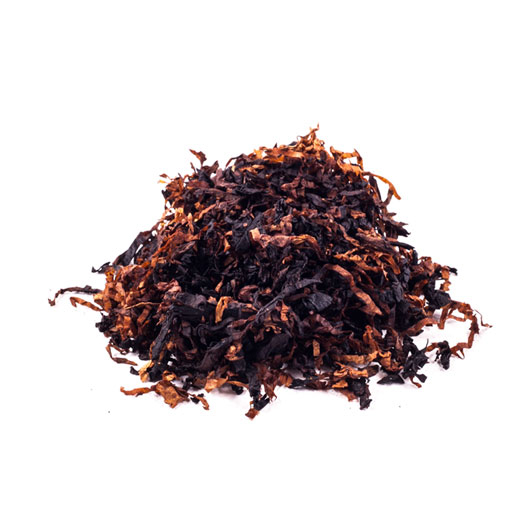Cuban Cigars
Cigar Beetle – How to Diagnose and Cure
For cigar smokers there is little worse than the disgust and disappointment upon seeing the work of cigar beetles. The plight of many cigar smokers across the globe, cigar beetles have ruined countless cigars over the years and continue to wreak havoc within our favourite smokes.
In this article, we take a look at what they are, how you can diagnose a cigar beetle problem and, most importantly, how to get rid of them!

What are Cigar Beetles?
With the scientific name lasioderma serricorne, cigar beetles are tiny beetles, often 2-3mm long. The small insects can fly and typically live for between two to six weeks, potentially causing significant issues with your cigar collection.
Bugs in cigars cause damage by boring through the cigar to eat the tobacco and then leaving behind dust as they excrete the tobacco.
Despite their name, cigar beetles don’t just feed on tobacco; they can often be found near areas of stored food such as cereals, spices or coffee beans.
How to Check For Cigar Beetles
There are a couple of simple ways to diagnose cigar beetle damage, these are:
Black Dust
Although it can be common to find tobacco dust where your cigars are stored, black dust in your cigar boxes or humidors can indicate the presence of cigar beetles.
You can test this by tapping the bottom of the cigar on a hard surface and seeing if any dust drops out of the cigar. If this does happen, this is a likely indicator that cigar beetles have been at work in your smokes.
When tapping your cigars, you may also see a loose beetle drop out. If this is the case, you’ll need to dispose of the insect before it has a chance to fly away.
Pinholes
Another surefire way to test for beetles is to check the exterior of your cigars for small pinholes. These are where beetles have chewed through the wrapper tobacco and either buried back into the cigar or tried to escape.
If your cigars are individually wrapped in cellophane, the beetle may have also chewed through this, so make sure to check your cigar’s packaging for signs of beetles too.

How to Treat Cigar Beetle Damage
If you have cigars that were kept in the immediate vicinity or in the same box as any that have been affected by beetles, that don’t have signs of beetles, then you may have just escaped an infestation.
These insects like to breed, and fast! For the remaining cigars that were close by to the effected one, we’d suggest throwing those in the freezer in a sealed plastic bag for a few days as this will destroy any hatching beetles and should also destroy the eggs too.
After freezing your cigars, typically for between two to four days, put them in the refrigerator for a similar amount of time and then store them at room temperature for a day or two, finally putting them back into the humidor.
Although the whole process can take a long time, often more than a week, it’s essential as it changes their temperature slowly, rather than a quick shock from a cold environment to a warm one.
Can You Smoke a Cigar With Cigar Beetle Damage?
Unfortunately, the smokability of a cigar that has signs of beetles is pretty limited, as when lighting and drawing from a cigar with pinholes, you’ll notice that smoke tends to come through the holes rather than the cigar.
This means that it can be hard to get a good draw from the smoke without covering the holes in some way. Of course, you could choose to either cover them with a cigarette paper or with your fingers. This is to say that rather than wasting your time and breath on a cigar ravaged by beetles, we’d suggest throwing it and lighting up a fresh one.
It’s possible that cigars that show signs of beetle activity still have them inside, eating and excreting tobacco. It is not a pleasant thought for when you want to relax with a tasty Cuban cigar, knowing that insects could be just a few inches from your mouth.

How to Prevent Cigar Beetles
Firstly, whenever receiving new cigars, either from ordering online or purchasing in person, always inspect them before adding them to the humidor. By doing this, it reduces the likelihood of an outbreak within your humidor, spotting early signs can save a future problem down the line.
Additionally, you’ll want to ensure that your temperature remains at a steady 21 degrees Celsius every day of the year. During winter, this can be a little trickier, which is why we have put together a useful guide for humidor maintenance in winter. Any higher or lower than this optimum temperature and your cigars could dry out, or risk being an even more comfortable home for beetles, as warmer and more humid humidors encourage breeding.

Although this can sound a little over the top, we’d suggest that you regularly check your collection for signs of beetles, even if you’re not planning on lighting up a smoke. Periodically checking your collection can mean you notice signs of beetles earlier on, and allow you to take action without risking your entire collection.
Have you ever had to deal with cigar beetles? If you have, you have our sympathies!









